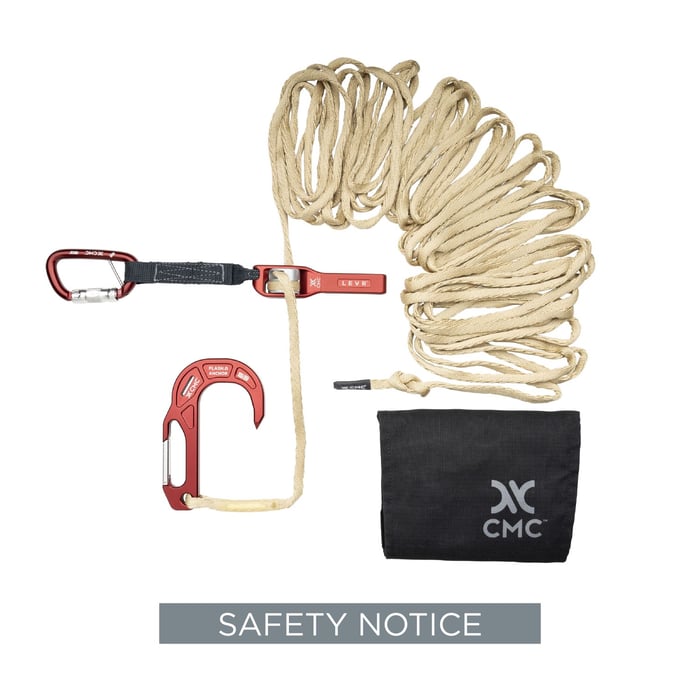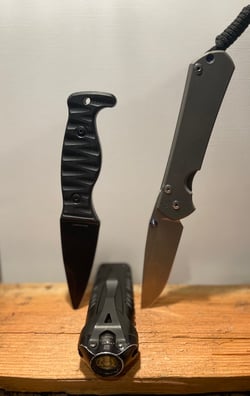CMC SAFETY NOTICE: LEVR™ ESCAPE SYSTEM
Please be advised that CMC has issued a Product Safety Notice and mandatory inspection for LEVR™ Escape Systems manufactured between January 1, 2023 and February 1, 2024.
If you have LEVR Escape System(s) in your possession, please read the Product Safety Notice and follow the required steps described in this link.
If you need assistance with inspecting your gear, Roco Rescue will be happy to help, please call 800-647-7626.
Always remember to inspect your gear before each use. Stay safe!



 In more recent years,
In more recent years,  Now under the umbrella of the Harken family of equipment, SMC Gear and Roco Rescue have a long history. The Roco Tactical Division has leaned heavily on the SMC Gear line and expertise over the years while serving our tactical clients. The TerrAdapter has travelled the world with our Tactical Cadre, providing new and innovative problem-solving options to some of the top operators in the world.
Now under the umbrella of the Harken family of equipment, SMC Gear and Roco Rescue have a long history. The Roco Tactical Division has leaned heavily on the SMC Gear line and expertise over the years while serving our tactical clients. The TerrAdapter has travelled the world with our Tactical Cadre, providing new and innovative problem-solving options to some of the top operators in the world. As SMC makes some of the best rescue and mountaineering gear on the market, Roco Rescue is proud of the decade’s long relationship between two iconic players in the rescue world. Rescuers can count on SMC gear to be solid and reliable, no matter how tough the job.
As SMC makes some of the best rescue and mountaineering gear on the market, Roco Rescue is proud of the decade’s long relationship between two iconic players in the rescue world. Rescuers can count on SMC gear to be solid and reliable, no matter how tough the job.



 I love flashlights and pocketknives. Always have. One of the high points of my youth was when my dad finally trusted me enough to carry a pocketknife. From that moment on, the left pocket of my 501’s had a two AA cell Mini Mag in it while the right pocket had an Old Timer three blade. My dad died when I was seventeen, and one of the treasures I have of his is his Old Timer three blade. His influence in pocket tools has carried on over the ensuing decades.
I love flashlights and pocketknives. Always have. One of the high points of my youth was when my dad finally trusted me enough to carry a pocketknife. From that moment on, the left pocket of my 501’s had a two AA cell Mini Mag in it while the right pocket had an Old Timer three blade. My dad died when I was seventeen, and one of the treasures I have of his is his Old Timer three blade. His influence in pocket tools has carried on over the ensuing decades. 





